Buying and Selling Game (Business Version) Explanation Video
13
About :
Hi Everyone,
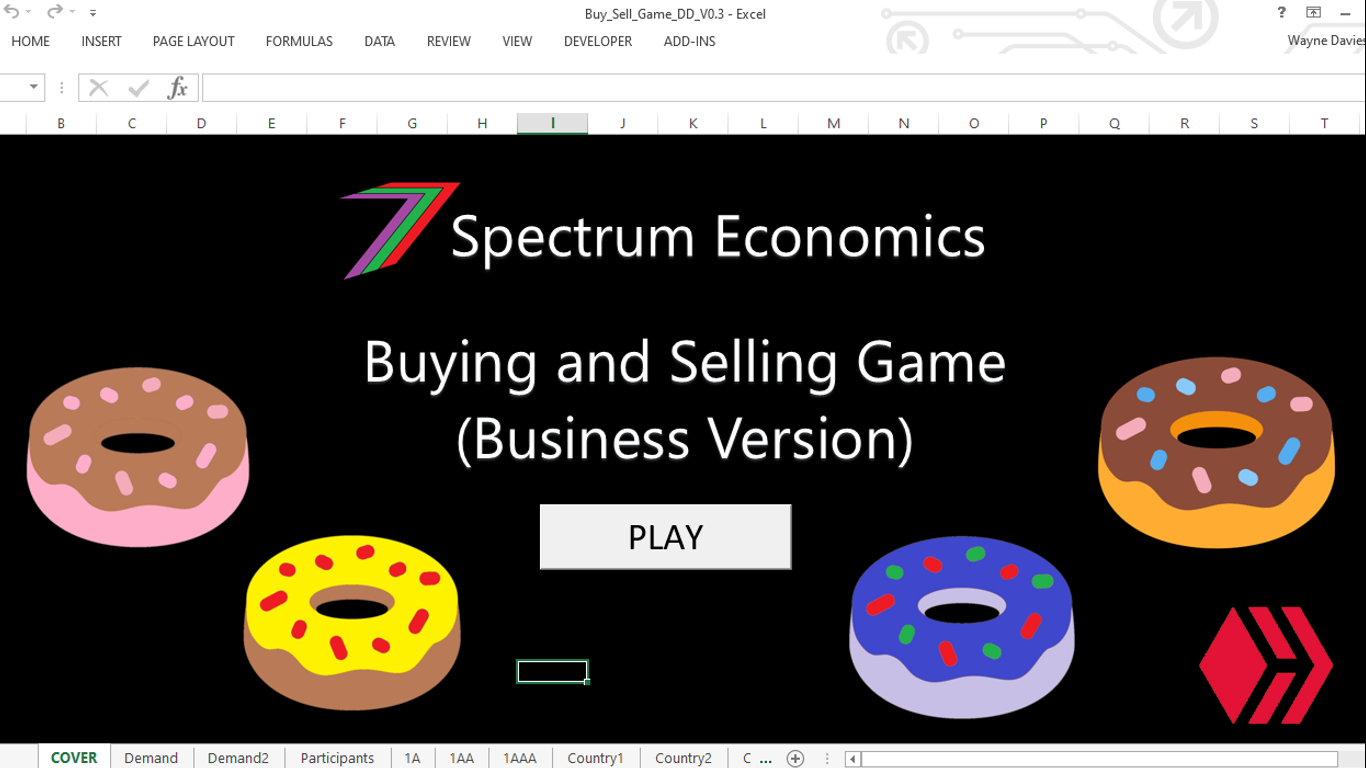
I started the Buying and Selling Game in June 2018. I ran four contests before putting it on hold for almost 2 years. In May 2020, I restarted the game and it has been going ever since. I run one game every month. The Buying and Selling Game has changed very little since its inception. I changed it a little for Christmas by adding more goods to buy and sell. In the video, in this post, I introduce an alternative version of the game, which I will be calling the ‘business version’. I intend to alternate the business version with the original version. This is to add greater variety for the participants.
What is this business version?
The business version still revolves around the concept of buying and selling. In the original version, participants choose what goods to buy, the location to buy them, and the location to sell them. In the business version, participants choose the quantities of goods to buy and the selling prices. Participants do not need to worry about buying and selling locations. Instead, they will need to focus on choosing selling prices for their goods. In the original version, selling prices are generated in the model for the results post. In the business version, demand for your goods is determined in the model. The objectives remain the same, which is to make the highest profit.
How to play?
Participants will be given the role of running a business for a day. The business they will be running will specialise in particular types of products. In the video, I use doughnuts (i.e. powdered, iced, and jam).
Costs Screen
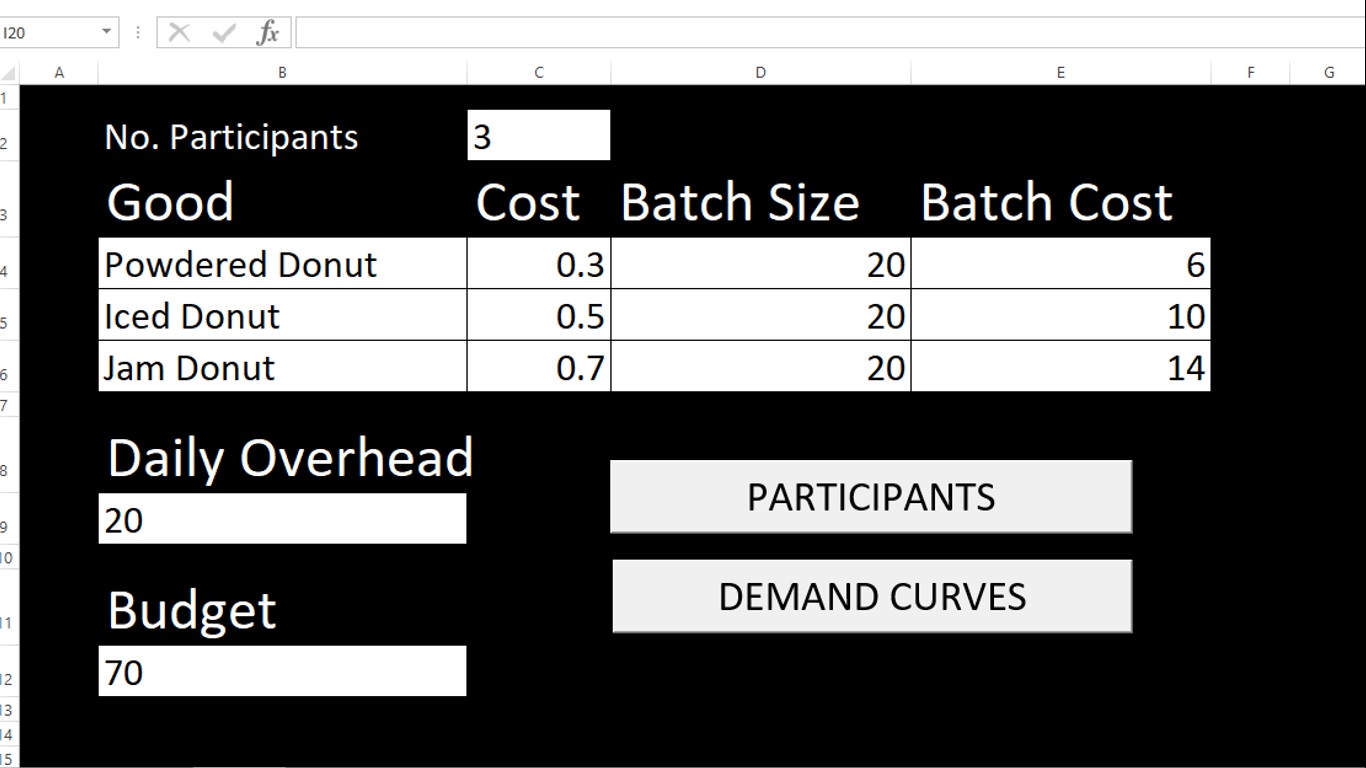
The participant will need to manage a budget. Some of that budget will go to overhead costs and remainder of the budget can be used to buy or make products to sell. The participant will be given a choice of three products to buy or make. There might be a requirement to buy or make the product in particular quantities. In the video, participants can only buy the doughnuts in batches of 20. Therefore, it is possible that the entire budget will not be used. For example, if the remaining budget is $40 and each batch costs $15, the participant will only be able to buy/make 2 batches costing $30. If a batch for another product is $10 or less, the participants can still buy/make that product. The costs per batch and average cost per a product will be provided in the post.
Modelling Demand
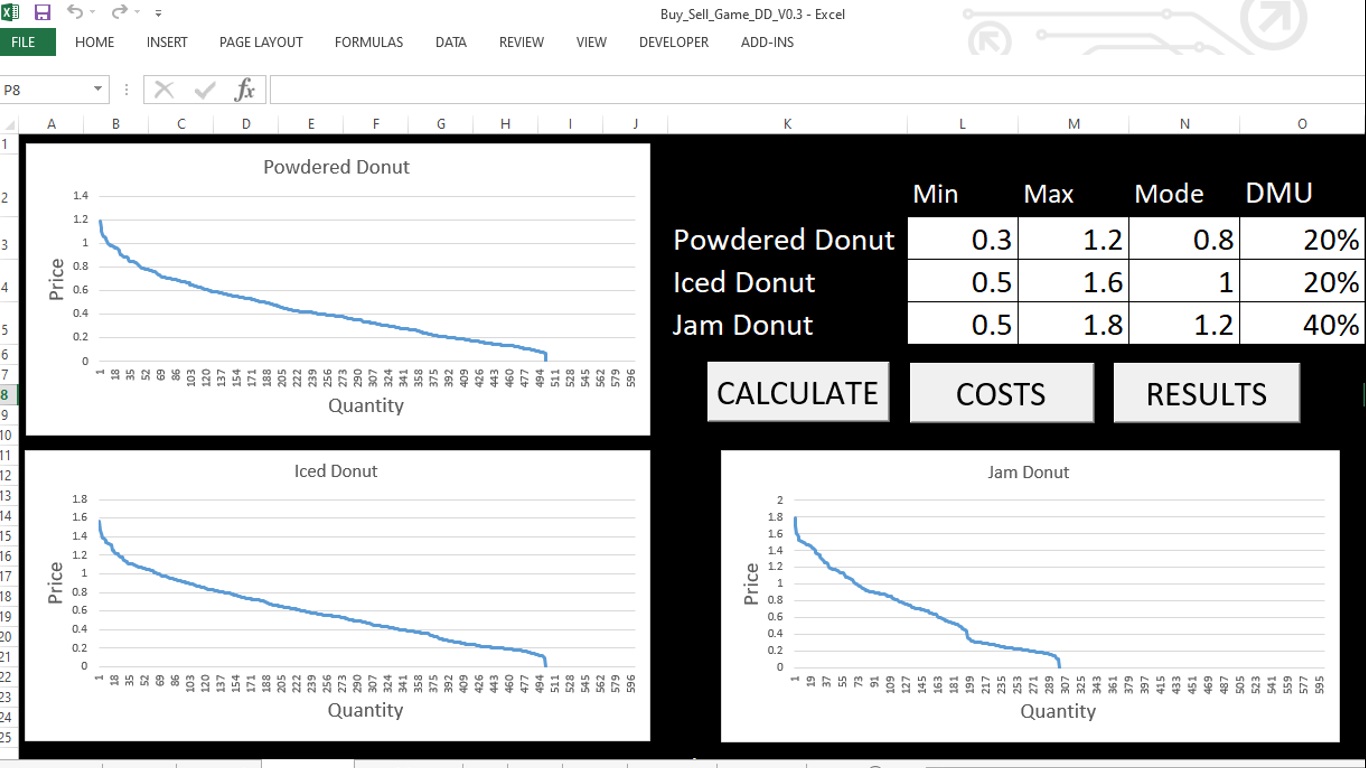
Example of Profit Maximising
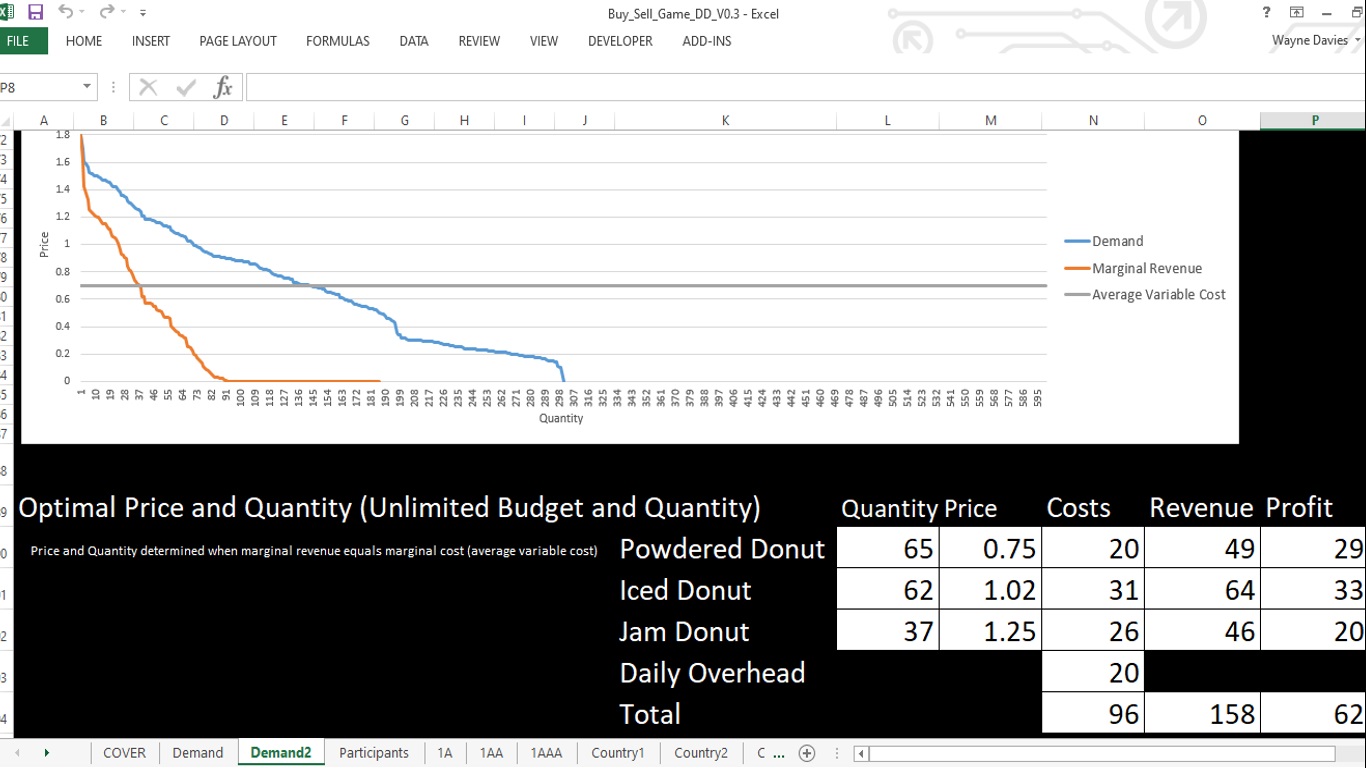
Demand for each product will be presented as triangle distributions. The minimum, maximum and mode willingness-to-pay (i.e. the maximum amount a person is willing and able to pay to obtain a product) will be provided in the question. The willingness-to-pay will be calculated for each potential customer. I am currently assuming there are 100 potential customers for each product. Each customer could choose to buy up to 6 items of the same product each. However, each additional item bought is subject to diminishing marginal utility. For example, a person may have a diminishing marginal utility of 20% for an item. If the model determines a person has a willingness-to-pay of $1.00; this is considered the willingness-to-pay for the first item of that product. The willingness-to-pay for the second item will be $0.80, the third $0.60, and so on. If the selling price is $0.70, the person will buy 2 items. He/she will not buy a third, as his /her willingness-to-pay for the third item ($0.60) is less than $0.70.
Participants Price and Quantity
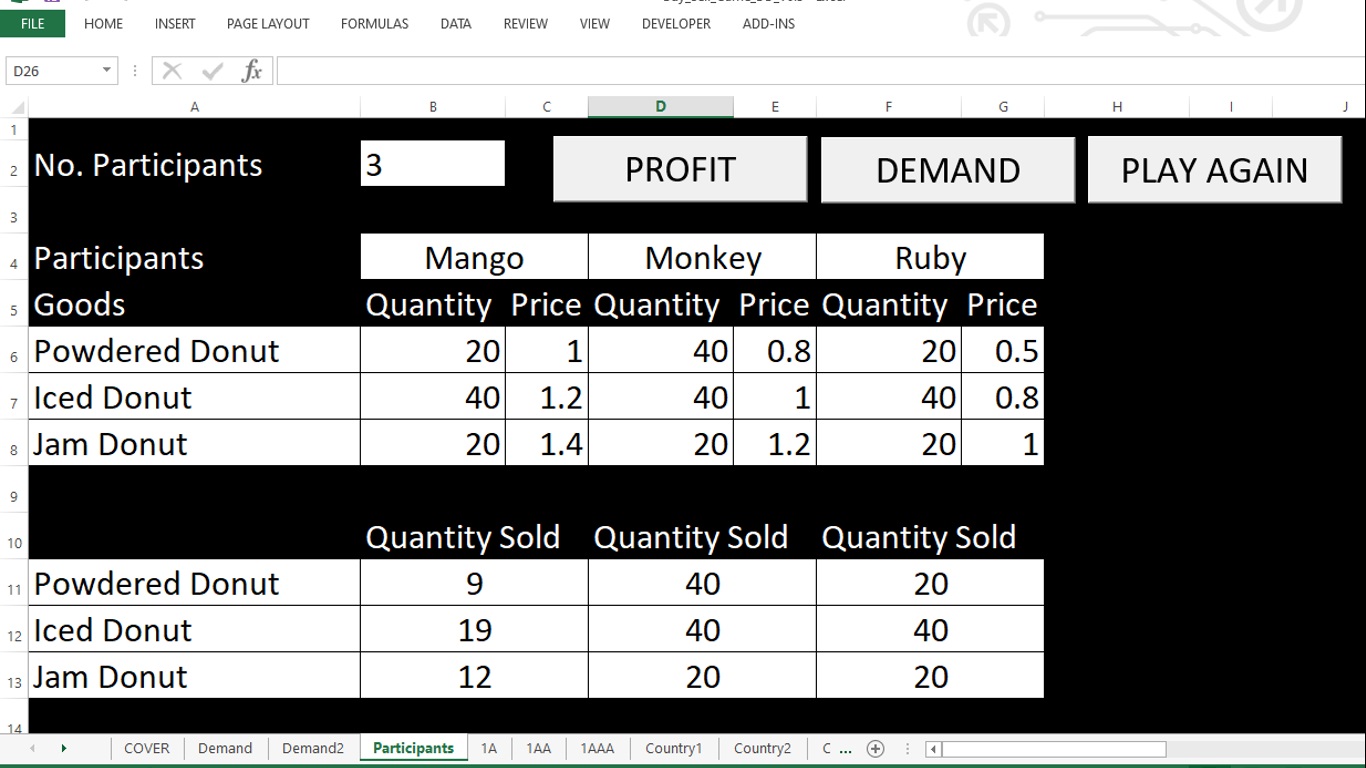
Results of Game
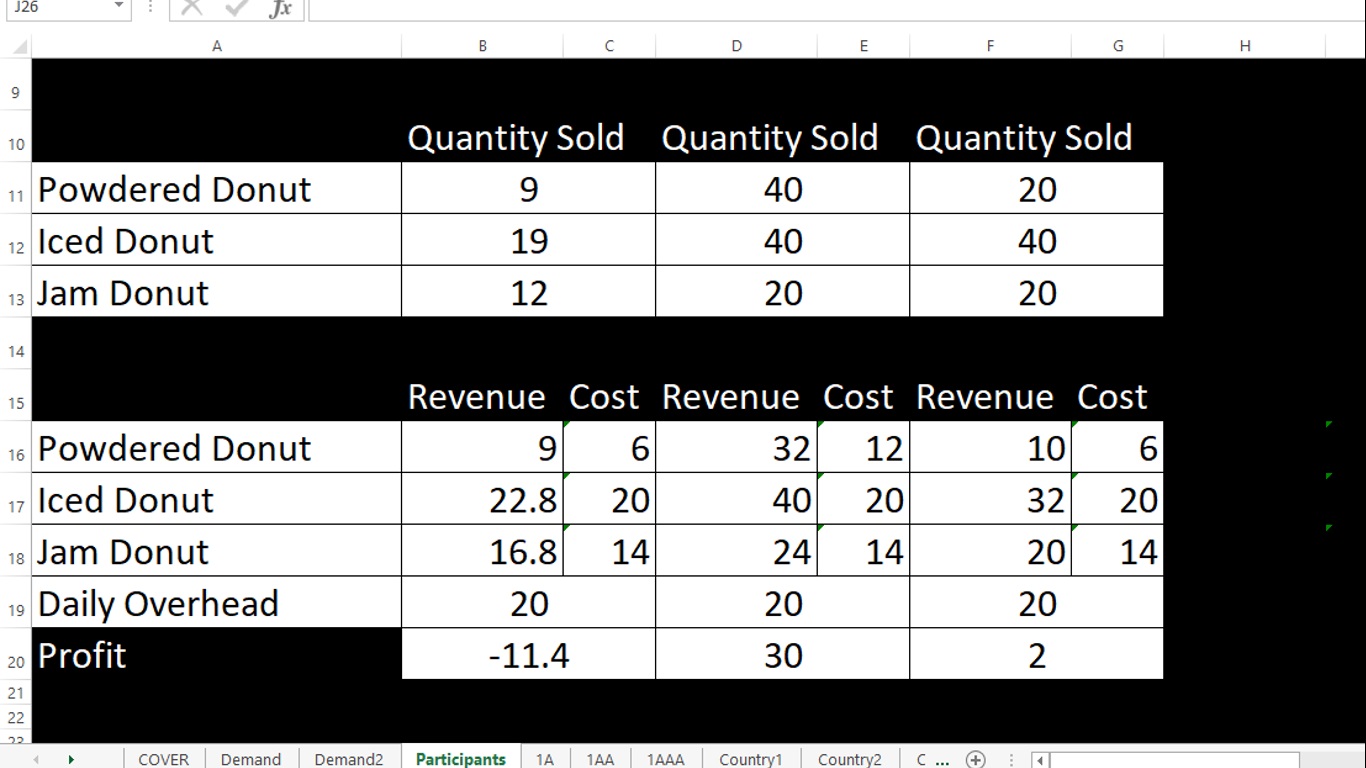
Example using doughnuts
The budget is $70. Daily overheads are $20. The remaining $50 can be used to buy/make doughnuts. There are three types of doughnuts to buy/make. These are powdered, iced, and jam doughnuts. Doughnuts can only be bought in batches of 20.
- A batch of powdered doughnuts costs $6 ($0.30 each).
- A batch of iced doughnuts costs $10 ($0.50 each).
- A batch of jam doughnuts costs $14 ($0.70 each).
With $50, the participant can buy various combinations of doughnuts. For example, a participant could buy 6 batches of powdered doughnuts and 1 batch of jam doughnuts or 2 batches of powdered doughnuts, 1 batch of iced doughnuts, and 2 batches of jam doughnuts. These combinations would exhaust the budget. A participant could choose not to exhaust the budget. For example, the participant could choose to buy 1 batch of powdered doughnuts and 3 batches of jam doughnuts for a total cost of $48. There will be $2 remaining in the budget, which cannot be used. For our example, let us assume the participant buys 5 batches of iced doughnuts; thus, exhausting the budget.
Next, the participant needs to decide on a selling price. The selected selling price should be determined by demand. For iced doughnuts, the minimum willingness-to-pay is $0.50, the maximum is $1.60, and the mode is $1.00. The price needs to be greater than $0.50 (average cost) but lower than $1.60 (maximum price anyone would pay for the doughnut). The participant should also consider 20% diminishing marginal utility for iced doughnuts. Ideally, the participant should set the price so that all the doughnuts bought/made are sold, otherwise the remaining doughnuts are wasted (i.e. equivalent to be being sold for $0). An important factor to consider is the quantity of iced doughnuts available to sell. If the quantity is higher, a lower price will be needed to sell all. In this example, the quantity is quite high (100 doughnuts when there are only 100 customers). Therefore, let us price the iced doughnuts at $0.80 each.
Results Presented in the Video
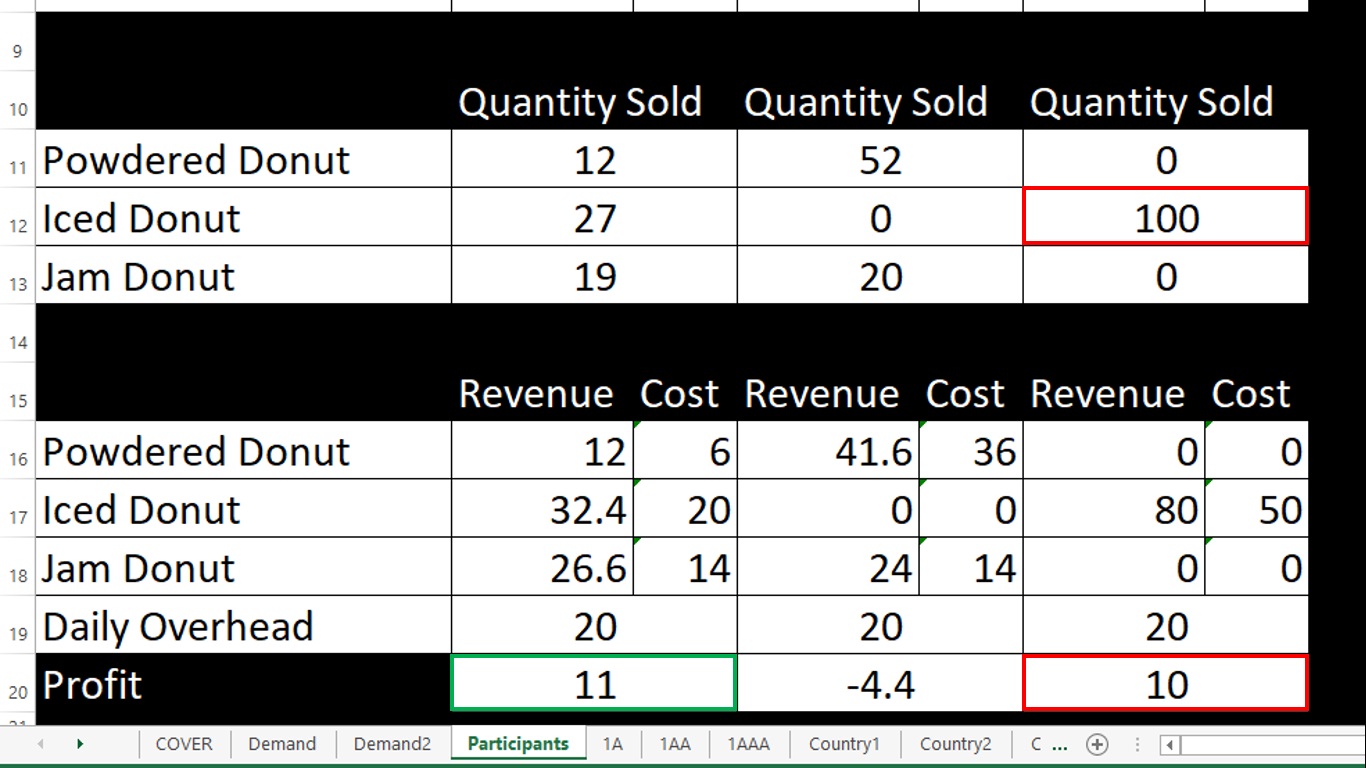
As we can see from the model, all 100 iced doughnuts were sold. Therefore, a profit of $10 was generated (80 - 50 - 20). However, focusing on just iced doughnuts was not the most profitable strategy. Another participant (see profit outlined in green) achieved a higher profit by selling all three types of doughnuts even though these doughnuts were overpriced, as some were not sold.
Format of Entry
The format for entry is simple and can be done in the comments section of the post.
Product A
Quantity: XXX Selling Price: XXX
Product B
Quantity: XXX Selling Price: XXX
Product A
Quantity: XXX Selling Price: XXX
Our example:
Powdered Doughnuts
Quantity: 0 Selling Price: 0
Iced Doughnuts
Quantity: 100 (5 Batches) Selling Price: $0.80
Jam Doughnuts
Quantity: 0 Selling Price: 0
The contests will run for about a week. The winner will be announced in a results post and will be given 30 Hive. The first twelve entries will receive an upvote for the effort put in. The first business version of the Buying and Selling Game will commence in about a week’s time. If you have any questions feel free to leave a comment. A link to this post and video will be included in the contest post.
More posts
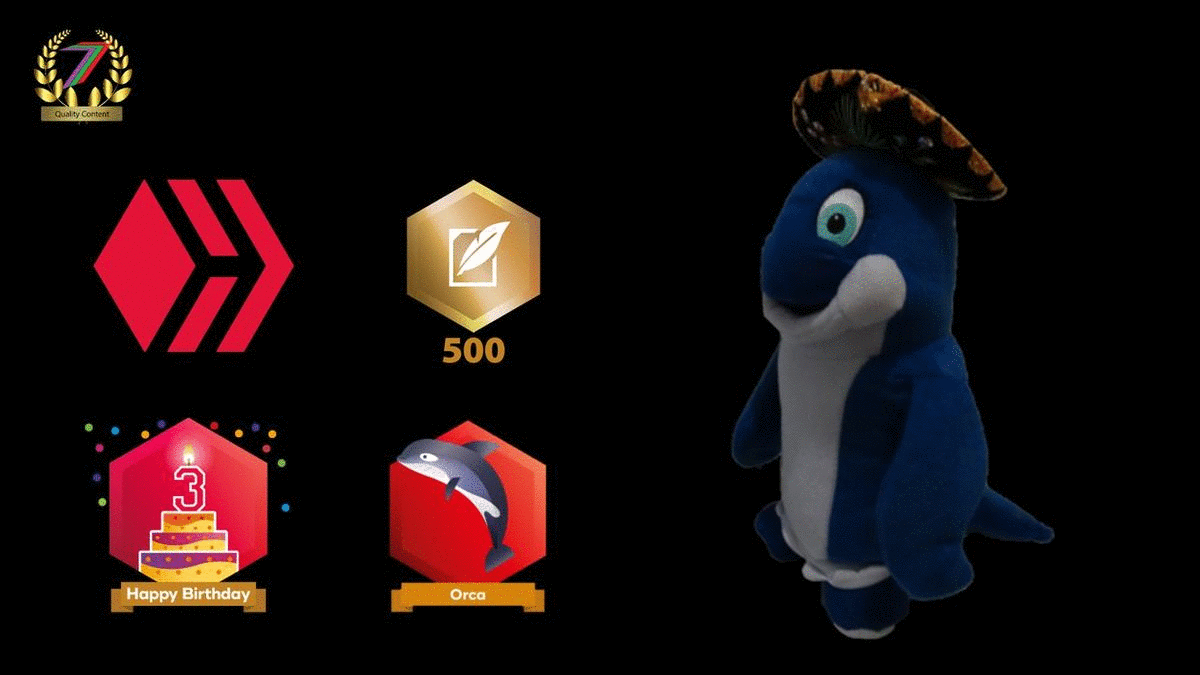
If you want to read any of my other posts, you can click on the links below. These links will lead you to posts containing my collection of works. These 'Collection of Works' posts have been updated to contain links to the Hive versions of my posts.
My New CBA Udemy Course
The course contains over 10 hours of video, over 60 downloadable resources, over 40 multiple-choice questions, 2 sample case studies, 1 practice CBA, life time access and a certificate on completion. The course is priced at the Tier 1 price of £20. I believe it is frequently available at half-price.
Future of Social Media

Tags :
Their limit for today is $0!
More Videos
@slobberchops: 1.2189
@buggedout: 1.0729
@magicmonk: 0.5067
@thebluewin: 0.4564
@josediccus: 0.3181
@lynds: 0.2997
@nainaztengra: 0.1995
@whatsup: 0.1332




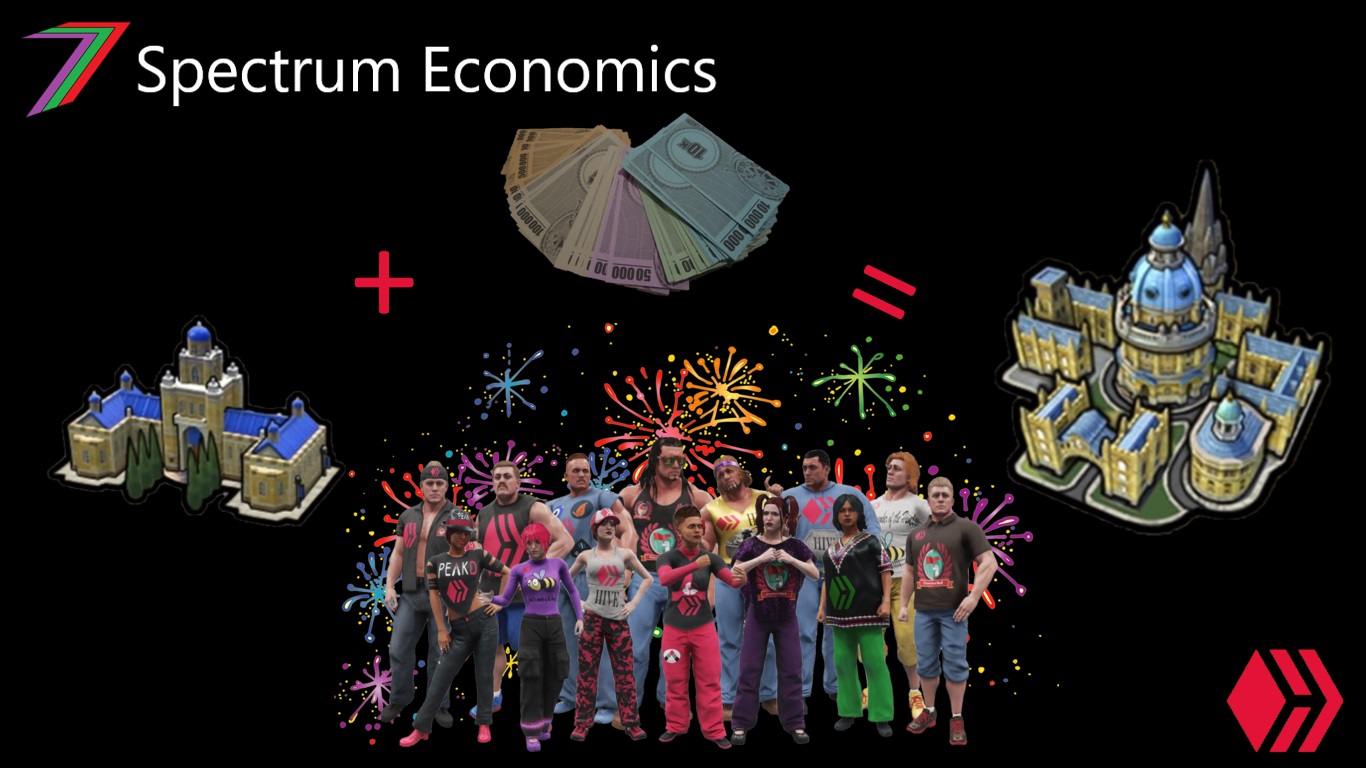
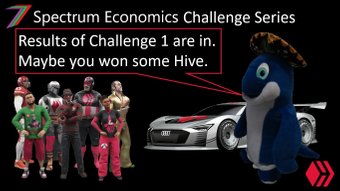




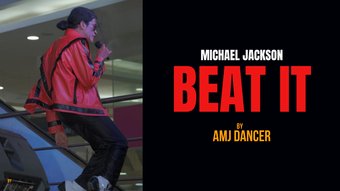
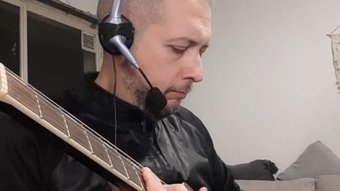






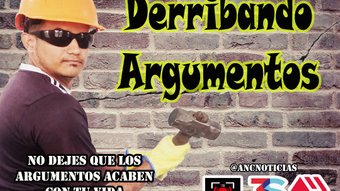
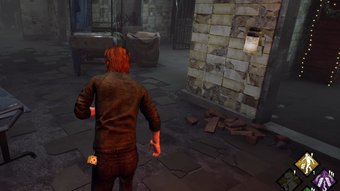


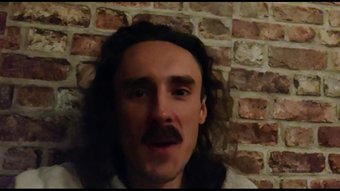










Comments:
Reply:
To comment on this video please connect a HIVE account to your profile: Connect HIVE Account